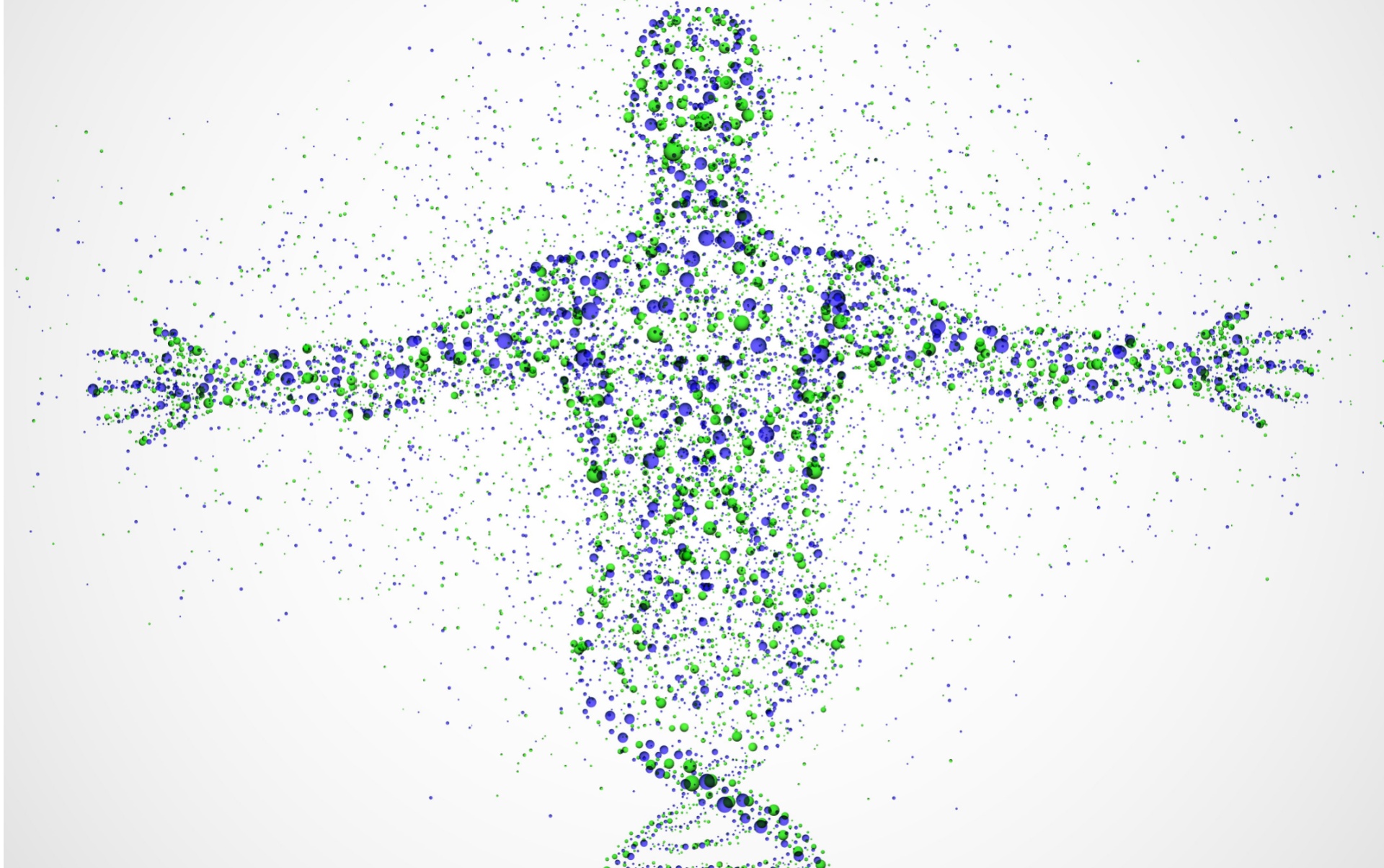G7 performance on the digital economy
Despite notable accomplishments on the digital economy, there are several ways the G7 can improve its performance, with equity at the heart of action in this area
Japan was the first member to bring digitalisation to the G7’s agenda, when it hosted the 2000 summit and created the Okinawa Charter on the Global Information Society. Digitalisation has taken on new, now central importance with the outbreak of the Covid-19 pandemic that forced many people to work from home and revealed existing inequities in the digital divide. The 2023 Hiroshima Summit will continue to advance a range of issues related to the digital economy, from digital inequality to online safety to employment impacts, and more.
Conclusions
The digital economy – as distinct from information and communication technologies – first emerged in G7 discussions in 2000. Since then the subject averaged 262 words per summit, or 2% of G7 communiqués.
The 2000 summit gave the digital economy 113 words, or 0.8% of its total. But the subject fell off the agenda until the 2009 summit, where it received 169 words for 0.5%. In 2010 it had none. In 2011 it had 263 for 0.9%, but dropped to zero in 2012.
The digital economy has appeared in every communiqué since 2013, except for 2020 due to the onset of Covid-19. Its highest peak was in 2013 with 2,395 words (18%). Attention varied after that, with 487 words (10%) in 2014, rising to 1,626 words (13%) in 2015, dipping back to 876 words (4%) in 2016 and dropping further to 359 (4%) in 2017.
At the 2018 summit, it rose to 964 words (9%), followed by 26% (1,868 words) – the highest percentage ever on the digital economy – at the 2019 summit.
After producing no words in 2020, the 2021 summit had 2,175 words (11%). The 2022 summit dedicated 1,385 words (7%) to the digital economy.
Commitments
From 1975 to 2022, ICT and the digital economy together comprised 202 of the G7’s commitments, for 3% of the total. Commitments on the digital economy first appeared at the Japanese-hosted 2000 summit, but became dominant in 2019.
The 2009 summit made three digital economy commitments, for 1% of the total. In 2010, none were made. The 2011 summit made five (3%), followed again by none in 2012. At the 2013 summit, the number spiked to 18 (8%), but flatlined at zero again in 2014 and 2015.
Only with the Japanese-hosted 2016 summit did the trend become more stable, with 23 (7%) digital commitments, followed by five (3%) in 2017, 23 (7%) in 2018 and 22 (for a high of 31%) in 2019.
No commitments were made in 2020. The 2021 summit produced the most digital commitments ever with 33 (8%). The 2022 summit came close, with 25 (5%).
Compliance
The G7 Research Group has assessed 11 digital economy commitments, excluding those on ICT, for compliance by G7 members. Compliance averages 76%, the same as the overall average on all issues.
The commitment made in 2000 had the highest compliance of 100%. The next, made in 2009, plunged to 50%. Compliance then rose to 89% from 2011, 84% from 2013 and 94% from 2016.
It plunged again from 2018 to 50%, before starting to rise again to 63% from 2019 and jumping to 91% from 2021.
Compliance with the commitment assessed from the 2022 summit was already high, at 88%, by January 2023.
Causes and corrections
The G7 has had some notable accomplishments, but there are nonetheless ways it can improve its performance on the digital economy, with equity at the core.
First, the G7 can utilise multilateral institutions and international cooperation to increase compliance. Among the assessed commitments, the ones that emphasise cooperation and institutions tended to have higher compliance. The two summits with the highest compliance focused on international cooperation and partnerships. In 2000 compliance was 100% on digitising cultural heritage by fostering international links among national museum systems. In 2021 compliance averaged 91% on an open, unfragmented internet and the Global Partnership for Artificial Intelligence.
Second, an opportunity to improve compliance lies within the social and environmental realm of the digital economy. The summits with the lowest complying commitments were 2009 with 50% on the digital divide, 2018 with 50% on the link between digitalisation and sexual and gender-based violence, and 2019 with 63% with commitments linking digitalisation with inequality and with the environment and sustainability.
Thus, as the economy continues to shift to digital, the G7 at Hiroshima and beyond needs to ensure that this shift is equitable and fair to marginalised groups and the environment.











